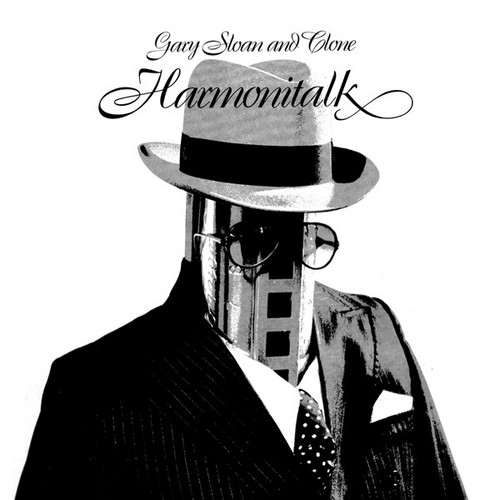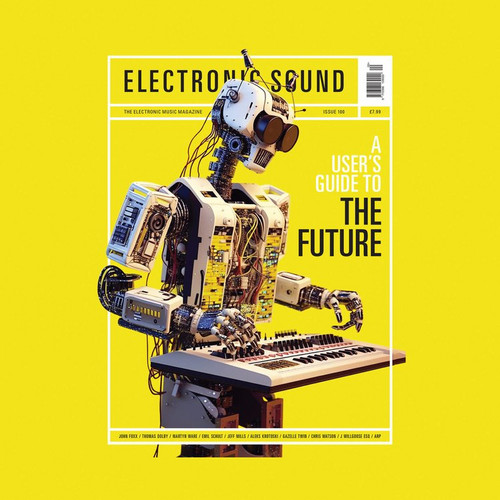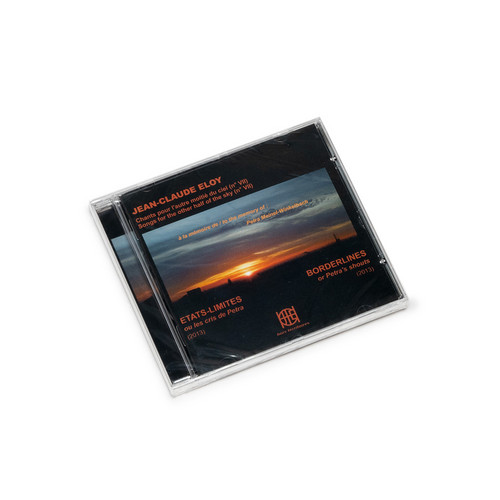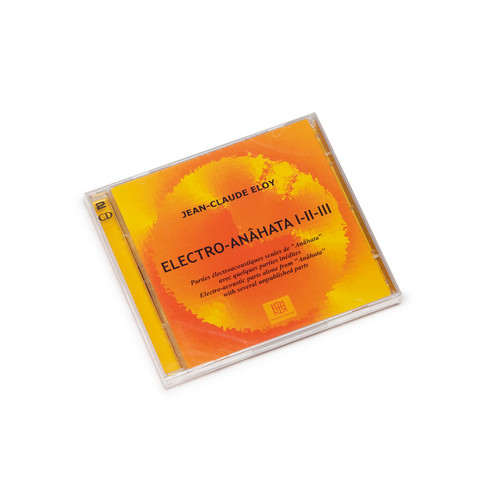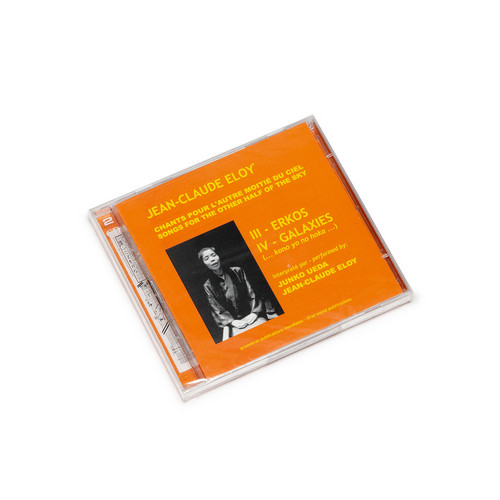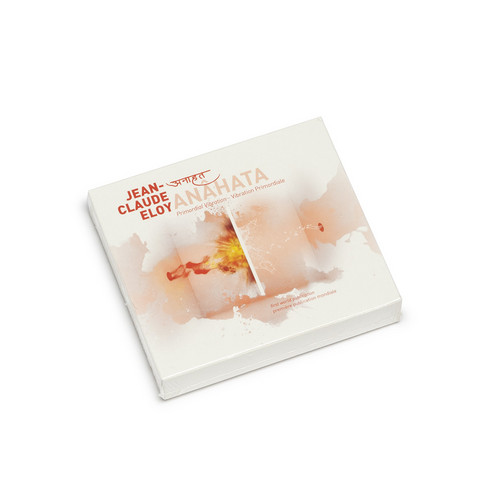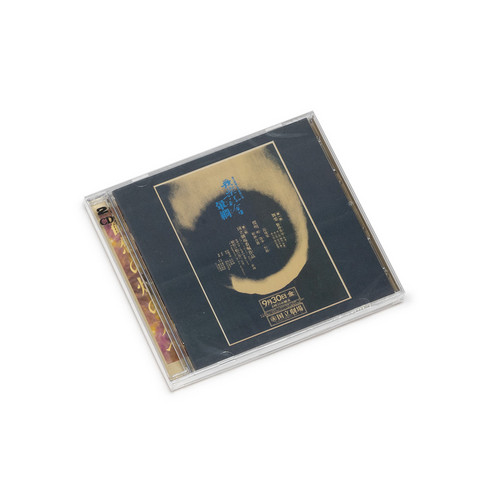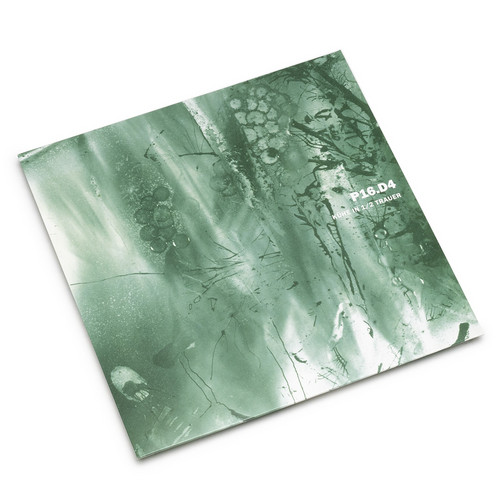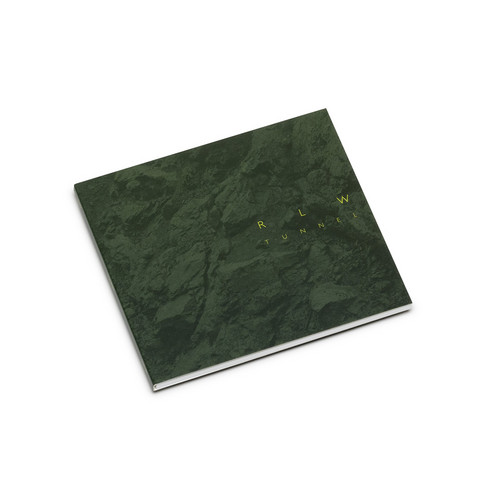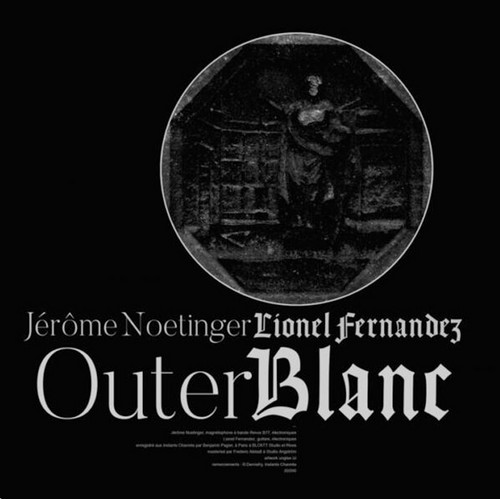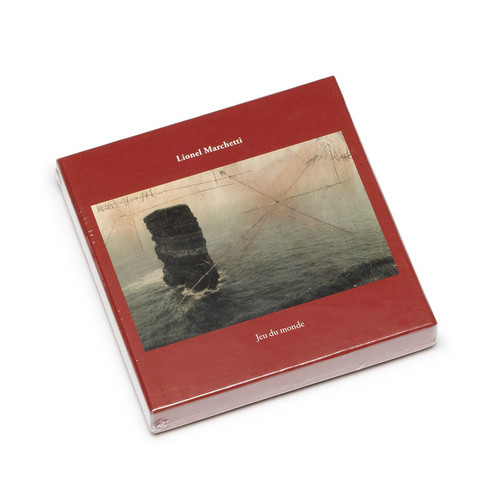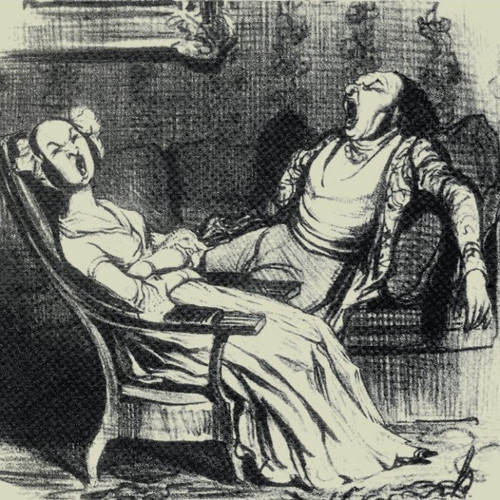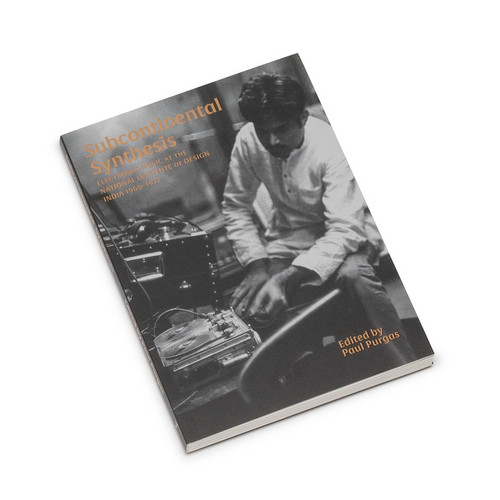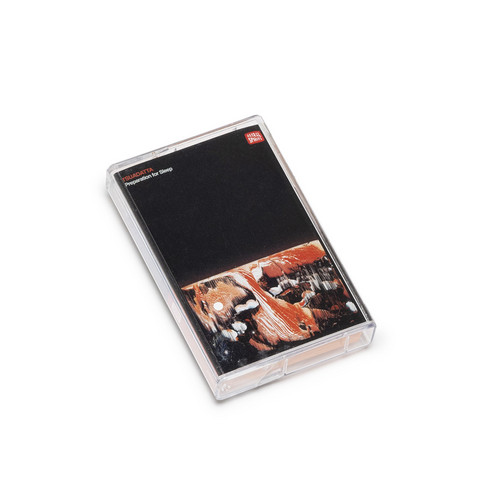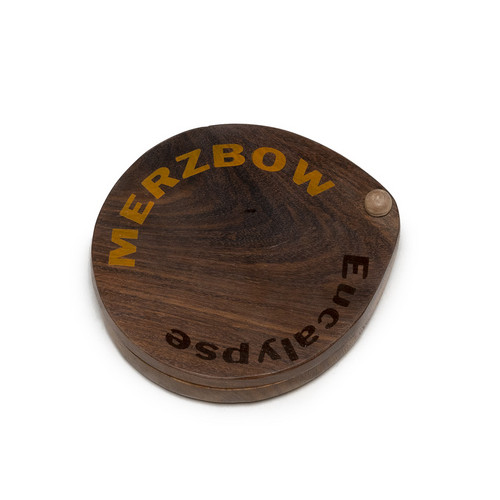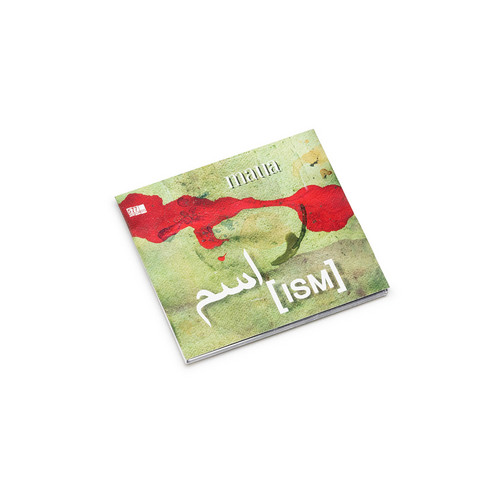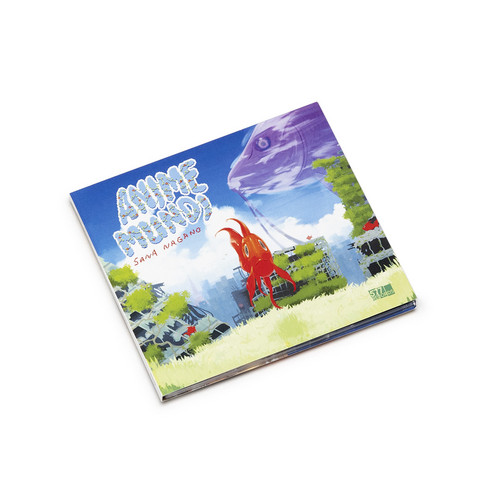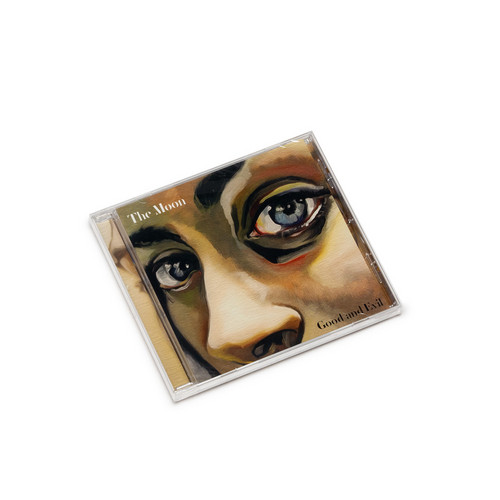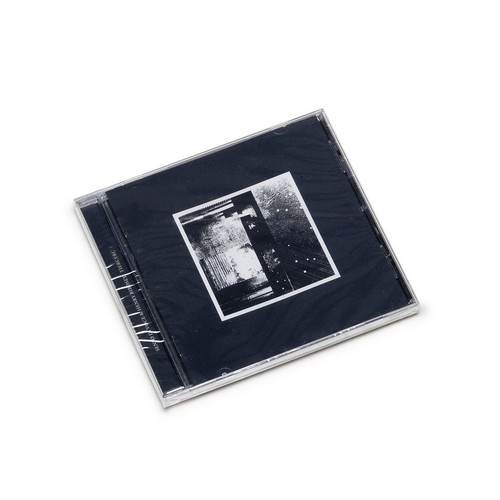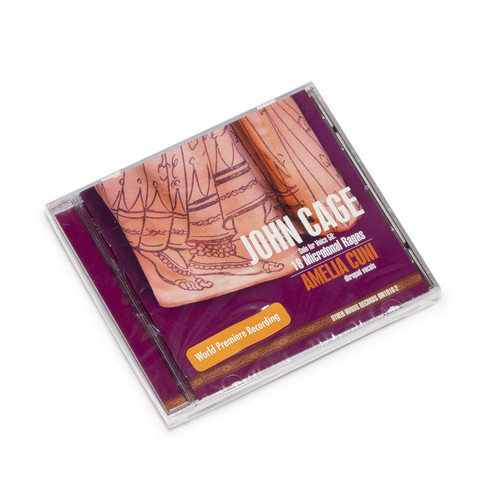Back in stock
Harmonitalk
Amazing, utterly unique synth/prog/pop oddity from 1980, given a new lease of life by Finders Keepers (good luck trying to find the original LP on KM Records private press - you won't). A trio led by the mysterious Gary Sloan - whose harmonica, subjected to various electronic treatments and manipulations, is the lead instrument throughout - scaling giddy heights of new age majesty on 'Good Indian' and soloing gaily over the tautest, grooviest analogue pulsations on 'Harmonitalk'. Just whe…
Issue 100
This month's Electronic Sound put together a spectacular double CD to accompany Electronic Sound 100, with 23 tracks inspired by visions of the future, from cyber worlds and life on other planets to AI excursions and madcap B-movies.
Etats-Limites ou les cris de Petra
“Borderlines or Petra’s shouts. Songs for the other half of the sky N°VII” (2013) After some reissue or first edition of old composition, here’s a brand new composition from Jean-Claude Eloy. Made mostly with voice, bells and synthetic sounds this piece works like an electroacoustic lightning. “A kind of salutary madness”.
Electro-Anahata
Electro-Anâhata (1986-1994). Fully electro-acoustic version of Anâhata realized on the composer's personal computer from the original electro-acoustic recordings of this work. Electronic music studios where the original Anâhata was produced (1984-86) : Studio of the Sweelinck Conservatory of Music, Amsterdam (1984 and 1986): the entire production (pre-recorded material processing, new material generation, premixing) and all final mixing processes. Tokyo-Gakuso studio, Tokyo (1983): for the Shô a…
Erkos / Galaxies (Chants Pour L'Autre Moitie Du Ciel Part I
Songs for the other half of the sky. With 'Erkos' (1990-91) and 'Galaxies' (1986-1996). Performed by Junko Ueda (satsuma biwa and voice) and Jean-Claude Eloy (sound projection). Erkos is a word from the Indo-European language and means song, praise. It is close to the Sanskrit word Arkas (hymn, chant, radiance) and to the Tokharien term Yarke (reverence, homage). The texts consist of extracts from the Devî-Upanishad and Devî-Mâhâtmya writings, in Sanskrit. In those texts, an homage is paid to t…
Anahata (1984-86)
Subtitled: Primordial Vibration / Sound ceremonial with a contemplative character. Composed in 1983-1986. Sound ceremonial with a contemplative character for two voices of Japanese Buddhist monks (traditional Shômyô techniques - traditional temple chanting - in a larger, modern and creative form), three Japanese Gagaku instrumentalists (traditional court music in a modern and creative form), one percussionist (with a percussion instrument orchestra) and electro-acoustic (fixed interactive sounds…
A l'approche du Feu Méditant
Of all the works by Jean-Claude Eloy, the 1983 "Approaching the Meditative Flame...", for 27 instrumentalists of the "Gagaku" orchestra from Japan, and two choruses of "Shômyô" Buddhist monks (a work known partially in the West by a double LP album "Harmonia Mundi") and more particularly, "Anâhata", for five traditional soloists from Japan (three instrumentalists and two monk singers), percussions, and a major electro-acoustic part (presented in different festivals in Europe) – are the two works…
Kühe In 1/2 Trauer
“Though this German group started out as a the new wave band P.D., by the time of Kuhe in 1/2 Trauer, their first LP under the P16.D4 name from 1984, they had developed far beyond into extremely experimental music similar to other post-industrial artists working with abstract avant-garde soundscapes. There’s a bleak industrial feel to the gritty, lo-fi electronics and tape loops, while the group throws in enough curve balls to keep it interesting. On some pieces, strange, looped choirs bubble ou…
Tunnel
Rlw (aka Ralf Wehowsky ) whose work deals in the transformation of prerecorded sound material, the permutation of the senses and the metamorphosis of the sensitive, has been a proponent of long distance collaborations for decades, long before lockdown made this manner of working popular. This goes way back to his beginnings with Permutative Distortion or P16.D4 and the Selektion label. He is a strict and disciplined composer, a formal organizer of discernible objects.Tunnel presents five pieces …
Outer Blanc
* Limited LP edition * Highly electrified guitar, anamorphosed, perforated, and tainted by all sorts of effects, implodes its rage and its urgency in the magnetic nets of a tape recorder as cannibal as it is destructive. From various recordings Lionel Fernandez & Jérôme Noetinger have created and produced these ten pieces: big, biting, dangerous and acerbic – like the intoxicated meeting of a chainsaw and a microphone. Real garage music: grease, gutted car bodies and outdated alternators, like a…
Jeu du Monde
“Jeu du monde” is a collection of around twenty musique concrète pieces which spreads over more than six hours of music. Each CD has been designed as an audio film which tells a full story. The box set includes previously released works which have long been unavailable, reworked versions of digital releases, as well as unreleased pieces especially composed for this occasion. With the use of a complex sound palette ( synthesizers, analog and digital manipulation, percussion, low fidelity samplers…
One Day I Was So Sad That The Corners Of My Mouth Met & Everybody Thought I Was Whistling
"A puzzlingly great album. Ah, the halcyon days of bungled Kurt Weill renditions, overactive splicing hands and tape-loops lasting only a few seconds before being smudged by hyper fast-forwarding, like a random, operatic battle of thermopylae as re-created by members of NWW. Faced with omnipresent latter-day refined-aesthetic cognescenti, whose duty it is to remind one of the gravity of modern music, I find myself defending such gut-level joyous stupidity and its gung-ho determination to vertigi…
Subcontinental Synthesis Electronic Music at the National Institute of Design, India 1969–1972 (Book)
264 pages. The history of India's first electronic music studio founded in 1969 at the National Institute of Design in Ahmedabad by David Tudor. Subcontinental Synthesis explores the history of India's first electronic music studio, founded in 1969 at the National Institute of Design in Ahmedabad with the support of the composer David Tudor. The essays and writings unravel the narrative and context surrounding the studio as well as the work of the Indian composers who created groundbreaking reco…
Preparation For Sleep
*200 copies limited edition* All written, mixed by Tsuadatta
Eucalypse
The Tasmanian Blue Gum tree, Eucalyptus globulus, is native to Tasmania and southern Australia. Eucalyptus trees are uniquely suited to the varied ecologies of Australia, and there is no other continent more closely associated with one genus of tree. Its leaves are the food of choice of the koala, and its flowers attract bees and hummingbirds. Out of approximately 300 identified species, Blue Gums are now the eucalyptus most frequently found in other parts of the world. Throughout the tro…
Maua
“A blissfully ecstatic sprawl of spiritual-jazz explorations of the most transcendent order” – Brooklyn Rail
Anime Mundi
If life is about how we react to what is thrown at us, Sana Nagano chose wisely in the summer of 2020. After nearly half a year of anguished isolation, the violinist made an album of honest, graceful free improvisations with two of her mentors. Anime Mundi, out October 28th on 577 Records, pairs her with pianist/vibraphonist Karl Berger and drummer Billy Martin, veteran players at home in the unknown. And though recorded during the stressful first year of Covid, there is joy and curiosity in the…
Good And Evil
*2024 stock* "The music of The Moon can surge like molten lava or flow like a quiet stream. It's a purist form of improvisation -- noise-attuned but rooted in jazz fundamentals, abstract but built on the unusually sturdy bond between guitarist Adam Caine and drummer Federico Ughi. These two play free, while operating like an old-school working band." - Hank Shteamer The Moon was conceived in an instant. Drummer Federico Ughi happened to run into the guitarist Adam Caine just before setting out …
Tierceron
Other Minds is proud to present Tierceron, the first collaborative release between Senso di Voce (Esin Gunduz, voice, harmonium, composer, and Megan Kyle, oboe, English horn) and multi-instrumentalist Henry Birdsey.
Solo for voice 58 : 18 microtonal ragas
**2021 stock** The world premiere recording of Solo for Voice 58 by legendary American avant-garde composer John Cage. Italian-German dhrupad singer Amelia Cuni is the ideal interpreter, trained in classical Indian singing but also able to improvise on ragas in a new music context. Cuni developed from Cage’s score of eighteen raga scales a remarkable and unique interpretation that belongs to both the classical Indian and Western experimental traditions. Includes an extensive booklet with essays …
